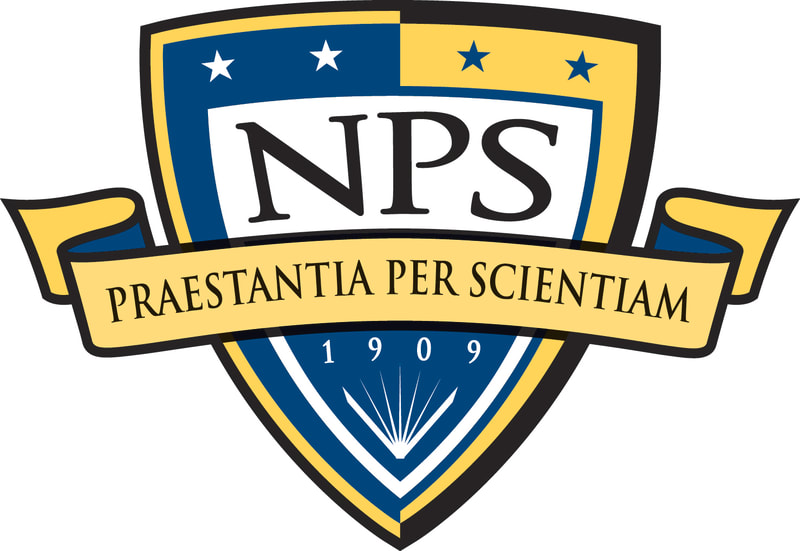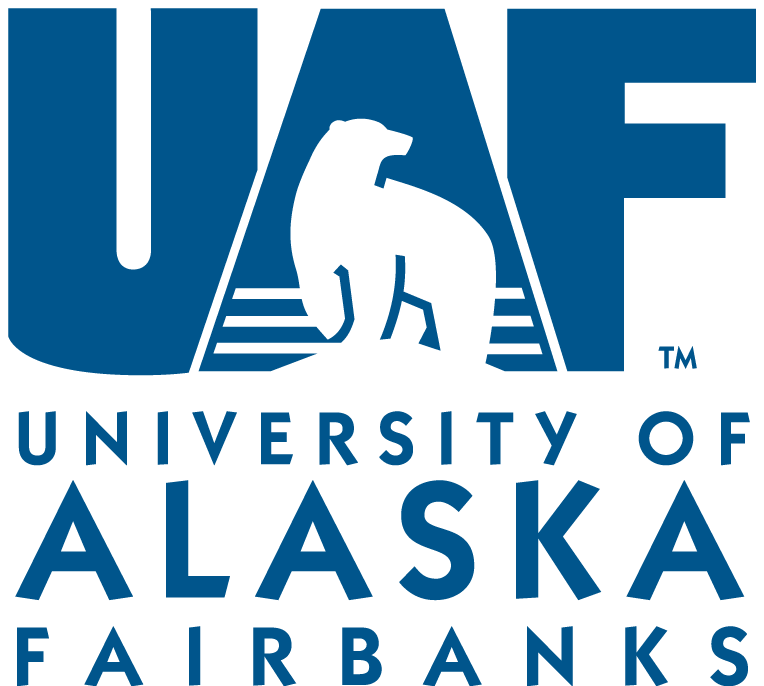Earth System Modeling at High Latitudes
The polar regions are changing faster than anywhere else on Earth. Permafrost degradation, collapsing ice shelves, and retreating sea ice all made headlines in recent years, with consequences for coastal and Arctic energy infrastructures. Even more challenging are the feedbacks that these high-latitude changes have on the polar and global Earth system in general, like the global carbon cycle and mid-latitude weather. A thorough understanding of the high-latitude Earth system is critical for researchers to better understand the challenges and opportunities the polar regions provide.
The HiLAT (High Latitude Application and Testing of Earth System Models) Science Focus Area (SFA) was created in 2015 to answer Arctic and Antarctic climate change questions through targeted application of global modeling and analysis capabilities to evolving polar processes and their impacts. Researchers are applying high-performance multi-scale models and analyze the results to better understand how changes in the high-latitude Earth systems respond and contribute to global change. The HiLAT SFA is a collaboration between scientists at the Los Alamos National Laboratory and the Pacific Northwest National Laboratory, and several Academic partners.
In the current phase of the project, the HiLAT team is collaborating with the Regional Arctic System Model (RASM) project, based at the Naval Postgraduate School (NPS). Other Academic collaborators are affiliated with University of Washington, University of Colorado, Boulder, Indiana University Bloomington, Pennsylvania State University, and University of Alaska Fairbanks.
HiLAT-RASM is funded by the DOE Office of Science Regional and Global Model Analysis (RGMA) program area.
The HiLAT (High Latitude Application and Testing of Earth System Models) Science Focus Area (SFA) was created in 2015 to answer Arctic and Antarctic climate change questions through targeted application of global modeling and analysis capabilities to evolving polar processes and their impacts. Researchers are applying high-performance multi-scale models and analyze the results to better understand how changes in the high-latitude Earth systems respond and contribute to global change. The HiLAT SFA is a collaboration between scientists at the Los Alamos National Laboratory and the Pacific Northwest National Laboratory, and several Academic partners.
In the current phase of the project, the HiLAT team is collaborating with the Regional Arctic System Model (RASM) project, based at the Naval Postgraduate School (NPS). Other Academic collaborators are affiliated with University of Washington, University of Colorado, Boulder, Indiana University Bloomington, Pennsylvania State University, and University of Alaska Fairbanks.
HiLAT-RASM is funded by the DOE Office of Science Regional and Global Model Analysis (RGMA) program area.









